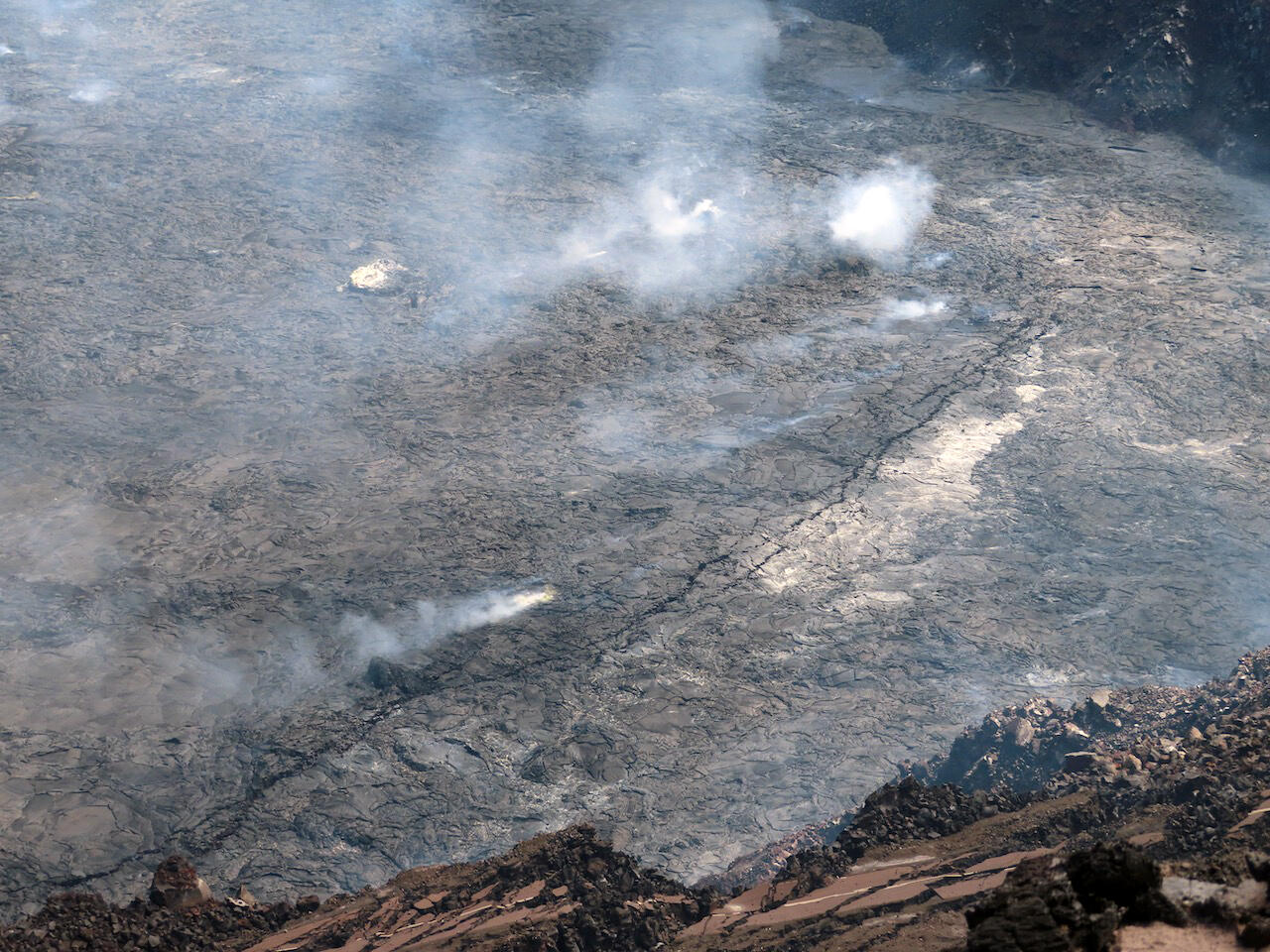Photo and Video Chronology – Kīlauea – June 9, 2022
An eruption at Kīlauea's summit began at approximately 3:20 p.m. HST on September 29, 2021. Lava activity is confined within Halema‘uma‘u crater, in the closed area of Hawai‘i Volcanoes National Park.
HVO scientists collect detailed data to assess hazards and understand how the eruption is evolving at Kīlauea's summit, all of which are shared with the National Park Service and emergency managers. Access to this hazardous area is by permission from, and in coordination with, Hawai‘i Volcanoes National Park.
June 8, 2022 — Kīlauea summit eruption ongoing
June 7, 2022 — Kīlauea Southwest Rift Zone Seismic Nodes Being Deployed
Get Our News
These items are in the RSS feed format (Really Simple Syndication) based on categories such as topics, locations, and more. You can install and RSS reader browser extension, software, or use a third-party service to receive immediate news updates depending on the feed that you have added. If you click the feed links below, they may look strange because they are simply XML code. An RSS reader can easily read this code and push out a notification to you when something new is posted to our site.








